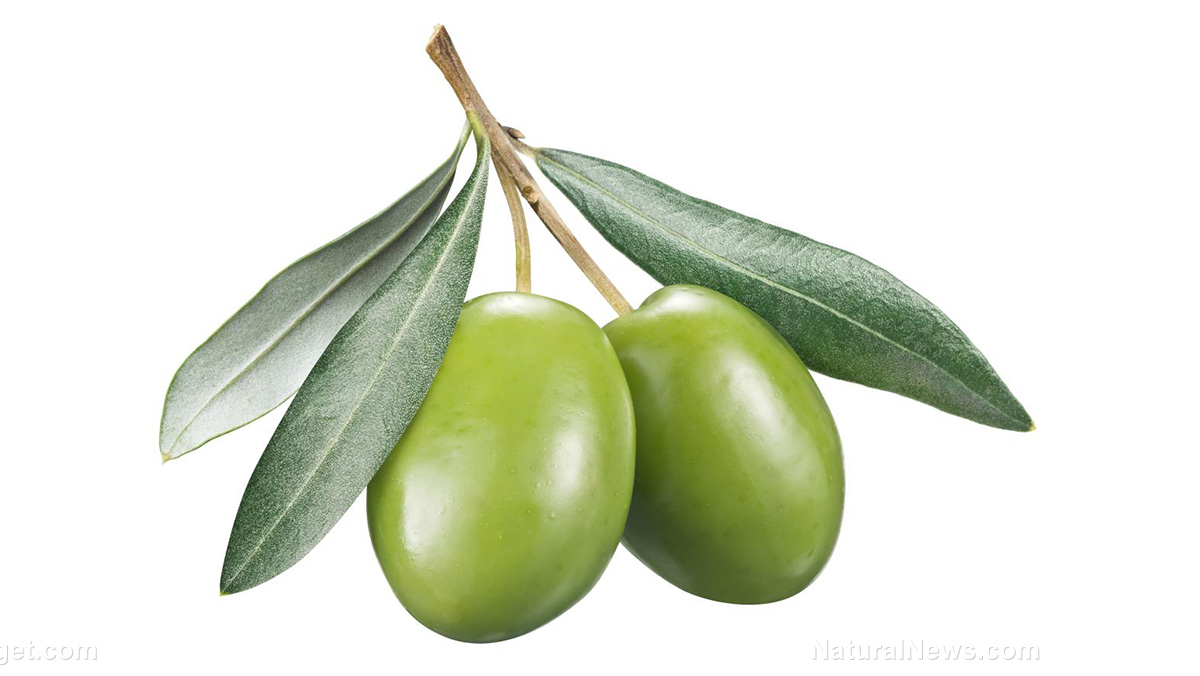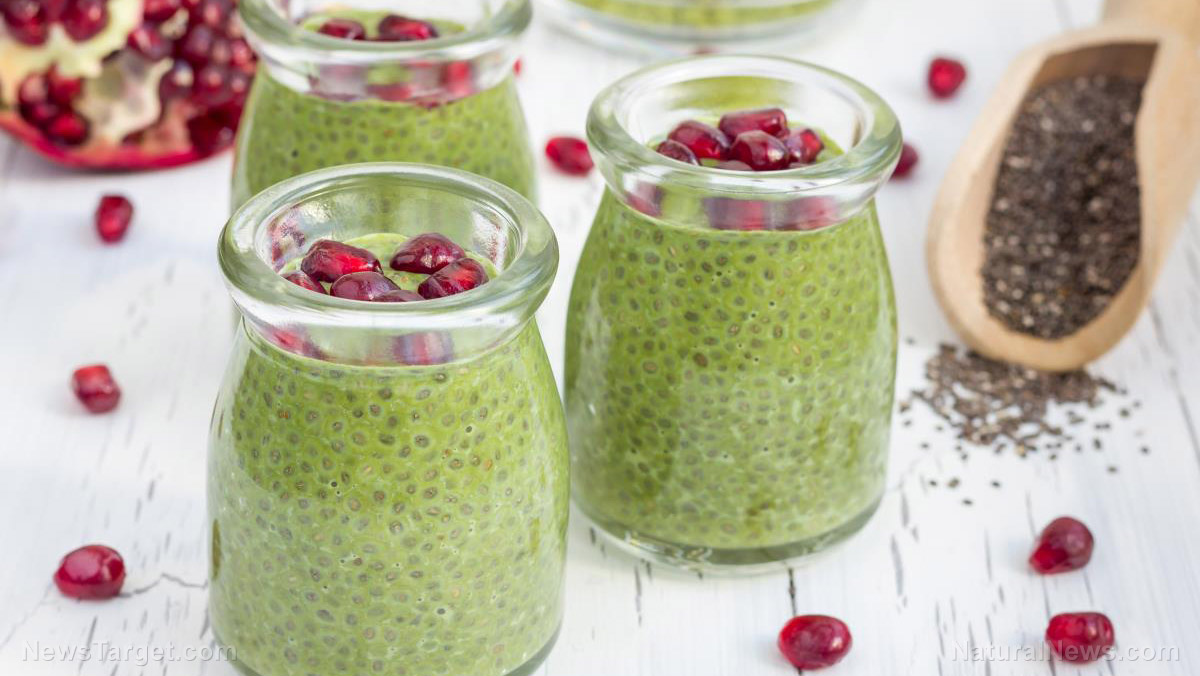Brazilian propolis inhibits intestinal barrier defects and inflammation
06/18/2020 / By Evangelyn Rodriguez

In this study, researchers at Hiroshima University in Japan investigated the mechanisms underlying the anti-inflammatory properties of Brazilian propolis. Their findings were published in the journal Nutrition Research.
- Brazilian propolis is rich in cinnamic acid derivatives and has been shown to reduce intestinal inflammation in rodents.
- The researchers hypothesized that the activities of cinnamic acid derivatives, which involve the regulation of tight junction (TJ) barrier, Th17 cell differentiation and macrophage activation, is responsible for Brazilian propolis’ anti-inflammatory effect.
- To test this, they fed mice two percent dextran sodium sulfate (DSS) in combination with either a feeding control or a diet containing the 0.3 percent ethanolic extract of Brazilian propolis for nine days.
- DSS induced acute colitis in the animals, but the propolis extract mitigated DSS-induced weight loss and colon shortening.
- Brazilian propolis also decreased plasma levels of lipopolysaccharide-binding protein and increased the expression of TJ proteins, such as zonula occludens, junctional adhesion molecule-A, occludin and claudins.
- Meanwhile, cinnamic acid derivatives like artepillin C and caffeic acid phenethyl ester suppressed the expression of interleukin (IL)-17 production in cultured murine splenocytes by decreasing retinoic acid-related orphan receptor gT expression.
- Baccharin, drupanin and culifolin in Brazilian propolis also reduced pro-inflammatory TNF-a and IL-6 production by suppressing inflammatory signaling in murine RAW 264.7 macrophages.
Based on these findings, the researchers concluded that Brazilian propolis reduces inflammation via the regulation of Th17 differentiation and macrophage activation by cinnamic acid derivatives.
Journal Reference:
Shimizu Y, Suzuki T. BRAZILIAN PROPOLIS EXTRACT REDUCES INTESTINAL BARRIER DEFECTS AND INFLAMMATION IN A COLITIC MOUSE MODEL. Nutrition Research. September 2019;69:30–41. DOI: 10.1016/j.nutres.2019.07.003
Tagged Under: alternative medicine, anti-inflammatory, bee products, Brazilian propolis, cinnamic acid derivatives, immune system, inflammation, natural cures, natural medicine, nutrients, remedies, research



















